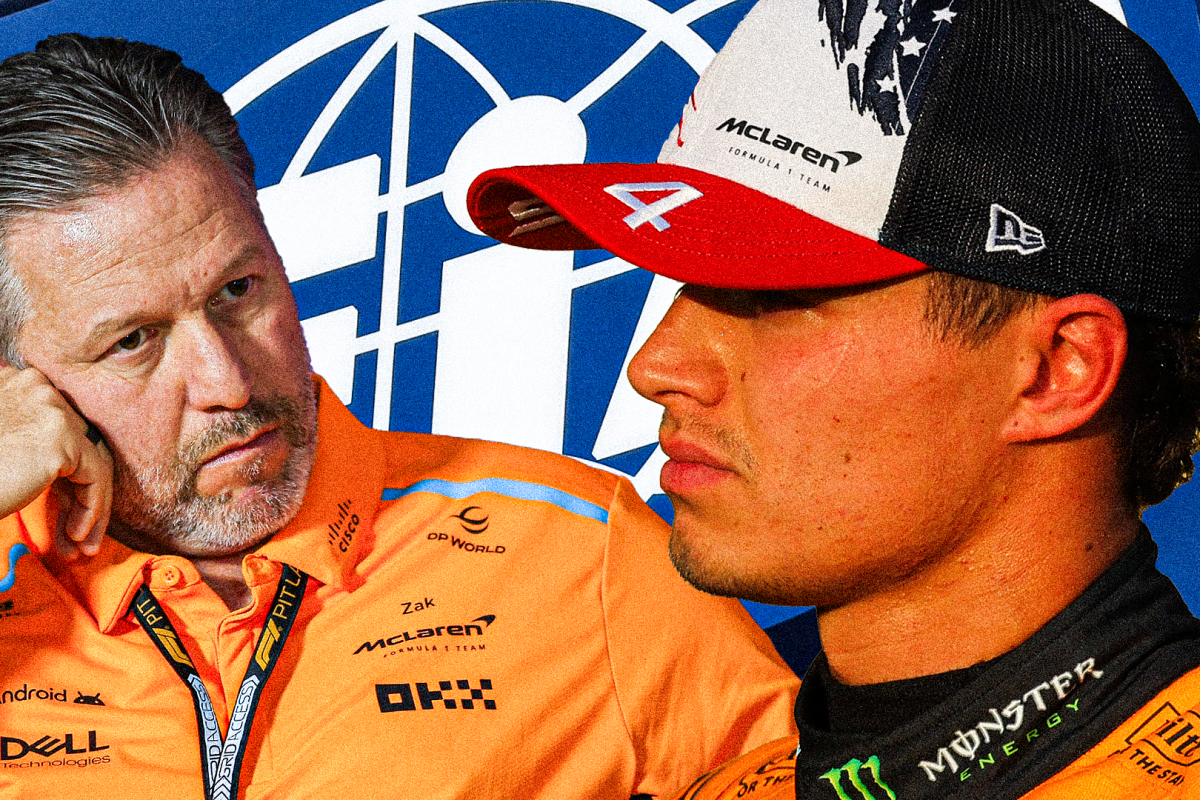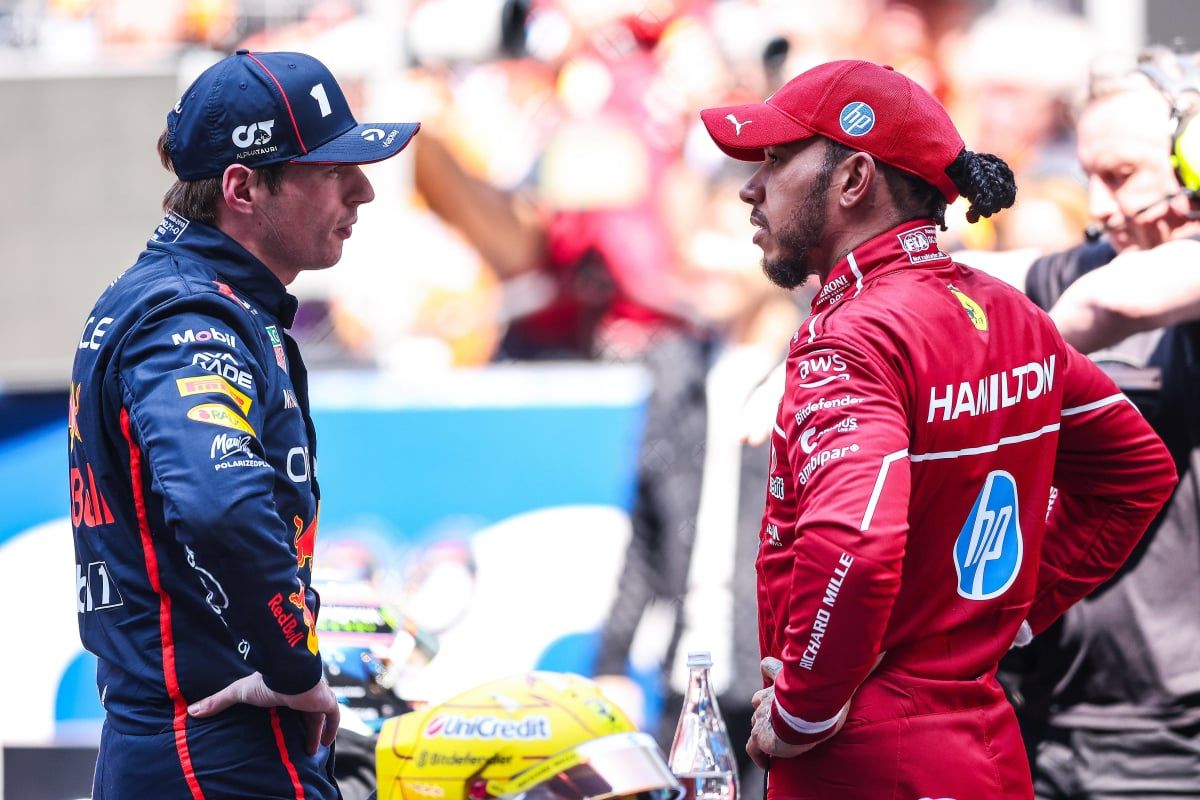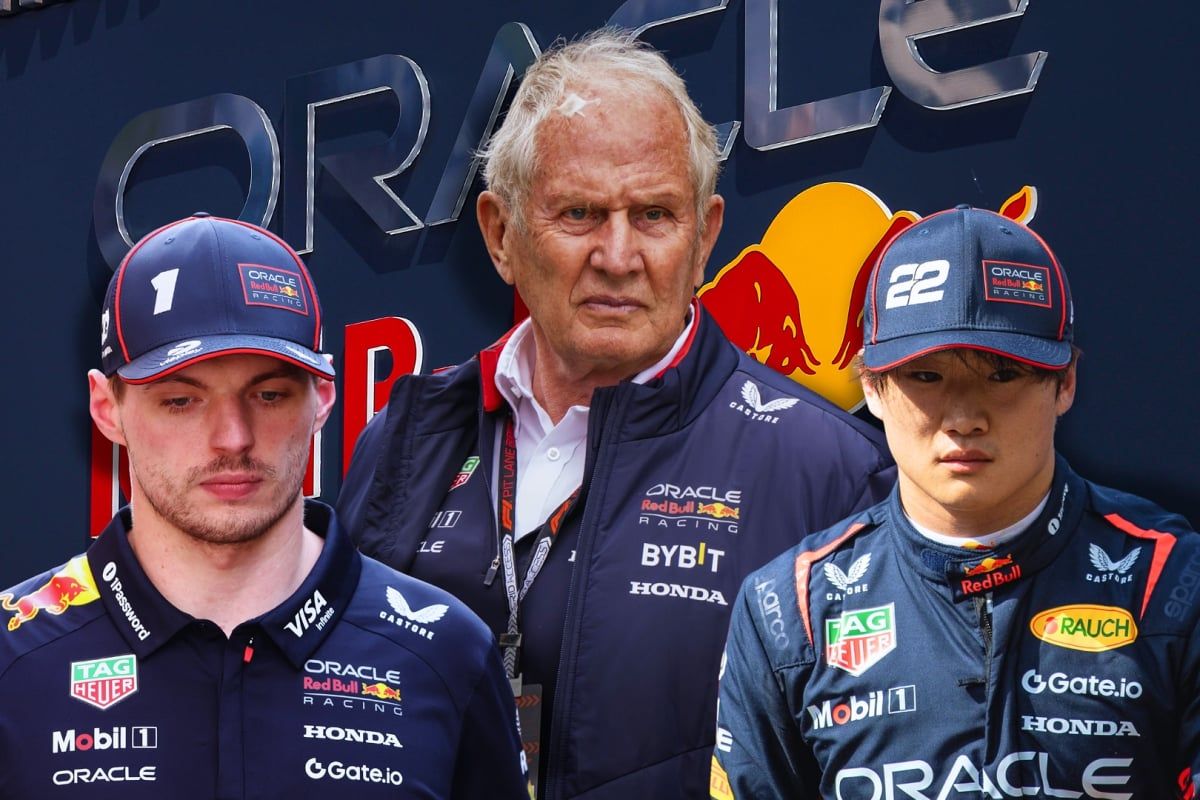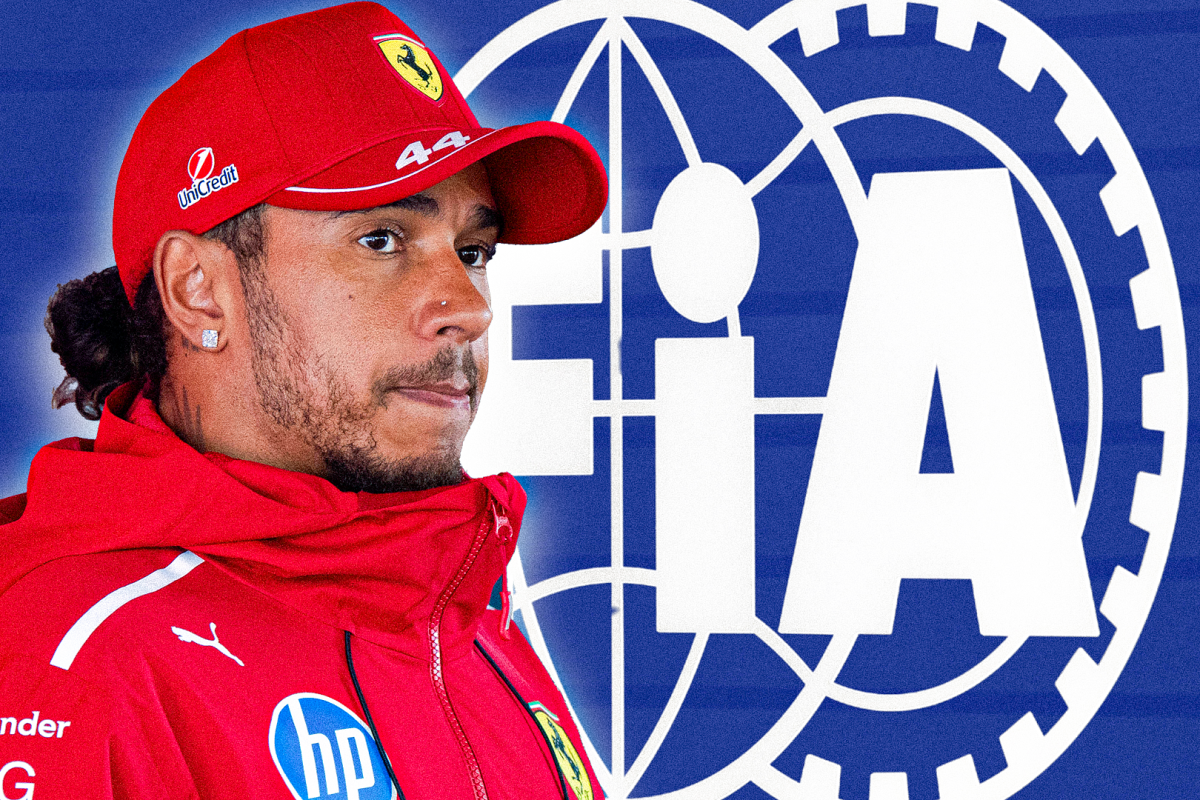FIA issue double DISQUALIFICATIONS on F1 driver following RA…read more
In a dramatic twist following the Canadian Grand Prix, the FIA handed out a rare double disqualification to a top Formula 1 driver, George Russell of Mercedes. The ruling came after a series of incidents during the event in Montreal, triggering serious scrutiny from the race stewards and resulting in two separate penalties within the same session—an uncommon and impactful decision in the sport.
The controversy began during qualifying and sprint sessions, where Russell was flagged multiple times for exceeding track limits. This has been a growing point of emphasis for the FIA in recent seasons as the governing body seeks to enforce stricter standards on driving conduct. In Russell’s case, several of his lap times were deleted due to these violations, which significantly altered his starting position and overall race strategy.
Following an initial review and penalty, the stewards reconvened for a deeper analysis of the incident—a highly unusual move. This second examination led to an additional punishment, effectively doubling the sanction against Russell. Though the exact nature of the second offense wasn’t fully disclosed, it is believed to be either a continuation of the track limit issues or a separate breach connected to his conduct during the session.
This double punishment highlights the FIA’s increasing determination to enforce consistency and discipline among drivers. In recent months, race officials have been far less lenient on repeat offenses, particularly when it comes to track limits, on-track behavior, and technical compliance. Russell’s case has now become a high-profile example of what can happen when a driver repeatedly crosses the line—literally and figuratively—within the same race event.
For Mercedes, this development is a significant setback. The team had shown signs of improved pace and competitiveness, especially in sprint sessions, and Russell’s penalties will not only affect their race performance but could also disrupt their momentum in the Constructors’ Championship. From a driver’s standpoint, Russell now faces an uphill battle, starting from a compromised grid position and needing to recover as many points as possible to stay in contention for the season’s overall rankings.
Beyond the immediate impact on Russell and Mercedes, this incident sends a clear signal to the entire F1 grid: the era of leniency is over. Drivers must now tread carefully, as repeat offenses—even within the same session—can lead to cumulative penalties. The FIA’s actions in Canada suggest a shift toward zero tolerance for infractions, especially those that undermine fairness and track safety.
In summary, George Russell’s double disqualification in Montreal reflects the tightening grip of regulatory oversight in Formula 1, and it could mark the beginning of a new precedent where repeated mistakes no longer get just a single warning—they get punished twice.




